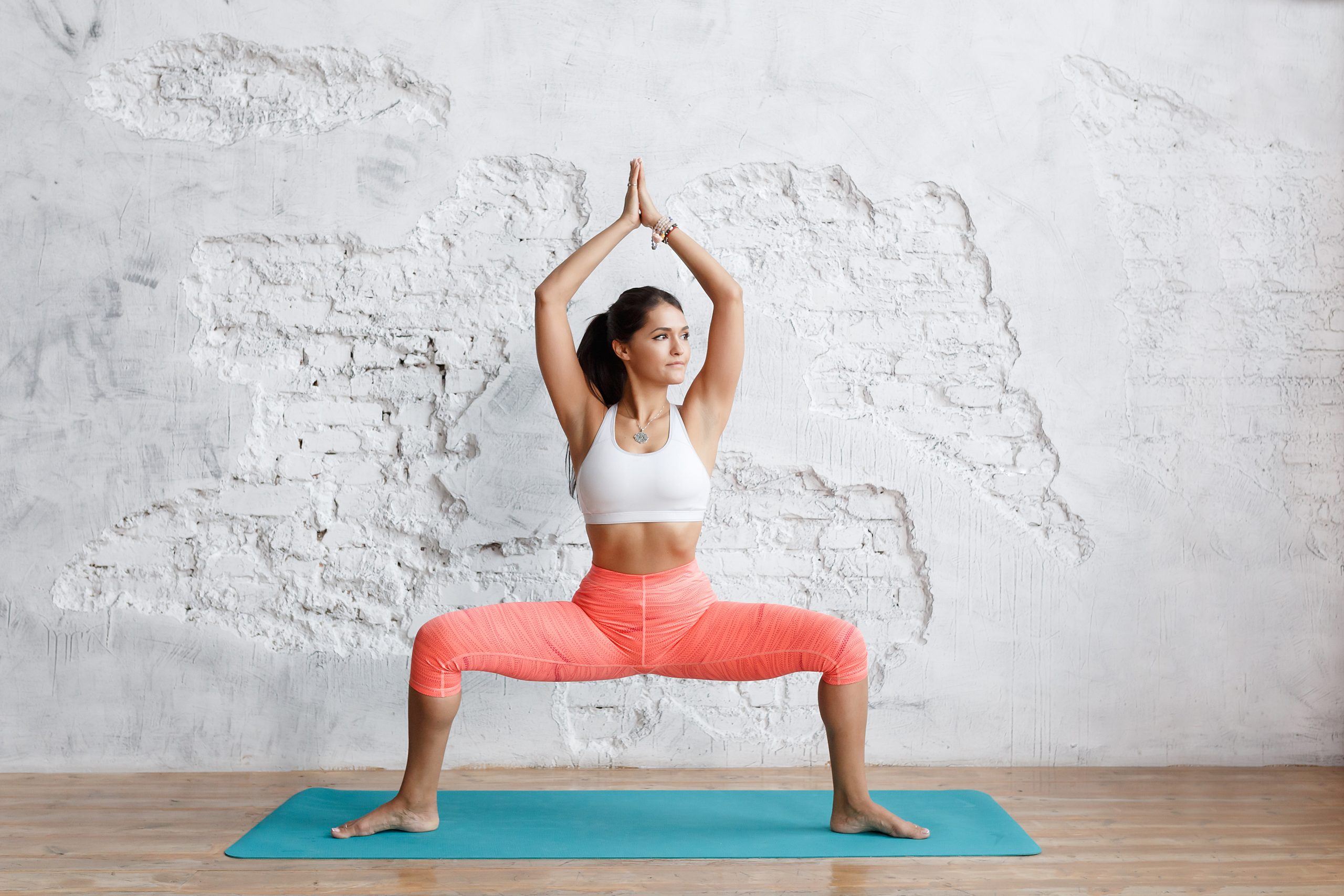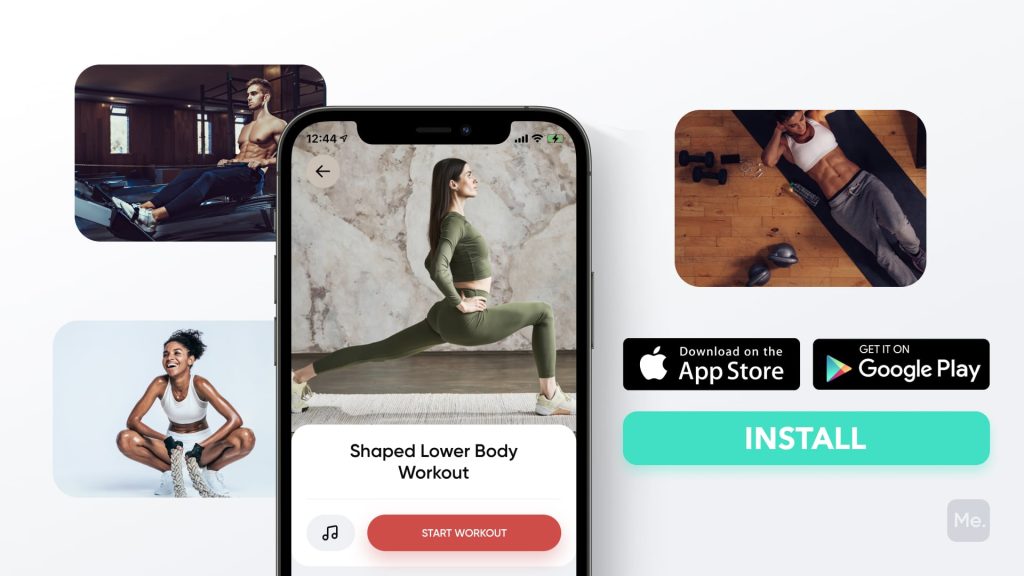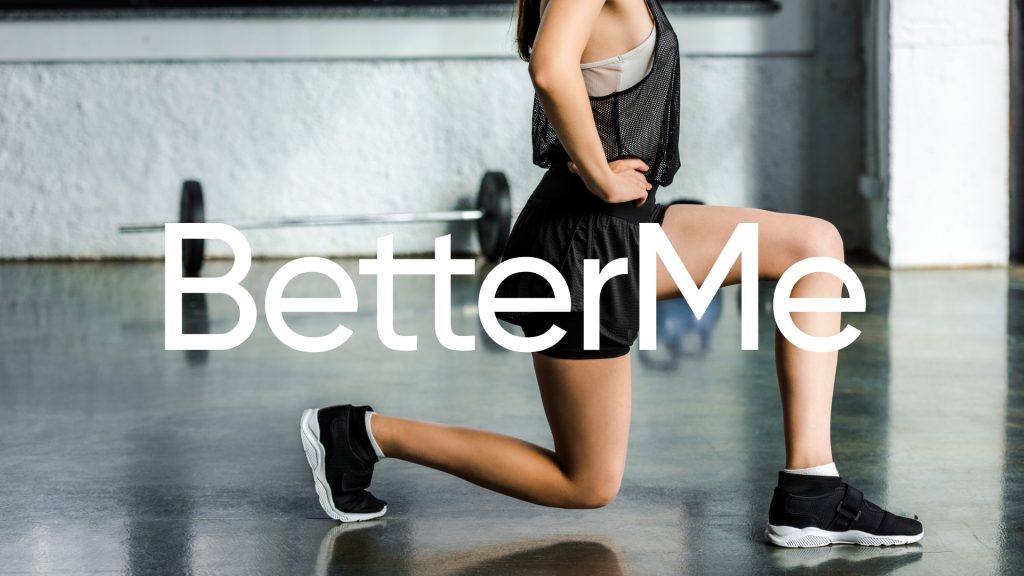Leg day is a massive workout for some of us, with various exercises and equipment to see us through to the results we want. That said, targeting those inner thigh muscles can be tricky. With the sumo squat, hitting them will be a summer’s breeze. The sumo squat muscles worked include those pesky adductor muscles, bringing us those elusive results we so much hope to see. Like a regular squat, sumo squats are a powerhouse exercise for the lower body, producing tremendous results from the calves to the glutes. Additionally, you will see results in your core from the need to stay balanced and upright. With the many available variations, this exercise should never get boring. The focus here will be on the difference between regular squats and sumo squats, including which is better. How to perform each exercise will also be explained, as well as which muscle groups they target. We will cover several variations of the sumo squat to help keep your workout routine fresh. Read on for everything you need to know about the sumo squat.
Get your personalized
meal plan!
What Muscles Do Squats Work?
Squats are a compound bodyweight exercise primarily targeting the lower body muscles, including the hamstrings, glutes, calves, and quadriceps. Additional muscles targeted are those in the lower back, sides, and abdomen. These exercises are considered an essential component of a strength routine as they increase leg and glute size while developing power and strength. They also offer many benefits when performed correctly, leading to their consideration as whole-body exercises (2, 4). These benefits include the following:
- You will build your glutes, making them more powerful, leading to better jumping and increased running speeds.
- Squats will also improve your daily mobility and balance.
- In addition to strengthening muscles, you will also increase the strength of your connective tissues, improving injury resistance.
This routine has many variations, allowing you to expand your workout to get the most out of it. With all the squats muscles worked, you will want to incorporate this exercise or its variations into your routine (2).
What Are The Sumo Squat Muscles Worked?
Sumo squats are a popular variation of the traditional squat, working for a slightly different muscle group. For this exercise, you will see results in your inner thighs, which you will not get from a regular squat. Additionally, it will target your calves, hamstrings, quadriceps, glutes, and hips (5).
How Do You Perform A Squat Correctly?
Squats can be highly beneficial to you if you perform them correctly. You will be unable to effectively perform variations on this exercise if you do not master this technique first. To complete a squat the right way, follow these steps:
- Stand with your feet shoulder-width or slightly farther apart.
- Place your hands behind your head.
- Bend your knees and hips like you are getting ready to sit in a chair.
- Maintain a straight spine with no forward curvature.
- Keep your chin up while squatting as low as possible and pushing your weight onto your heels.
- Slowly rise to the starting position.
- Repeat for the desired number of repetitions and sets.
You should keep your core engaged throughout to help maintain a straight spine. Do not let your knees pass your toes, maintaining the proper form (4).
Improper technique can lead to knee pain. To avoid this, you should ensure that your knees remain aligned with your feet during the exercise. When using weights, it is very easy to cause injury to the knees or back from an improper technique (11).
Read More: Half Squat Vs. Full Squat – What Should You Include In Your Workout Routine?
How Is A Sumo Squat Performed?
As you can probably imagine, there is some difference in how a sumo squat is performed from a traditional squat, but there are still similarities between the two.
- Begin by assuming a traditional squat position. Your feet should be shoulder-width apart with your toes pointed forward.
- Join your hands together at your chest.
- Widen your stance to 3 – 4 feet by stepping to the side with your right foot. Your stance must be, at minimum, wider than hip-width.
- Turn your toes away from the center of your body by 45 degrees but keep your knees over your toes.
- Keeping your spine neutral and core engaged, lower yourself into a squat position.
- Lower yourself until your thighs become parallel to the floor.
- Hold the position for a couple of seconds.
- Engage your glutes and press up to stand, driving through your heels.
- Repeat for your desired number of repetitions and sets.
You can easily modify this exercise to include weights or additional movements that make it more taxing, getting even more benefits. If you add weights for resistance, ensure that your back can maintain its neutral alignment with no forward curvature. If not, you will need to adjust the weight to a lighter amount (5).
What Are The Benefits Of Doing Sumo Squats?
Sumo squats offer the same benefits as a traditional squat but have the bonus of working the adductor muscles. The extra advantages of incorporating the sumo squat into your exercise regimen include the following:
- You can do them anywhere, as they are just as effective with the use of body weight. There is no need to use gym equipment; however, you can add a dumbbell or kettlebell. This would increase the dumbbell sumo squat muscles worked.
- The extra-wide stance increases the upright position of your upper body, which forces your core muscles to stay engaged throughout the full range of motion.
- This exercise is ideal for those looking for an easy way to target their inner thigh muscles. It is more suitable than many other lower-body exercises in activating the adductor muscles (5).
Are Sumo Squats Better Than Regular Squats?
Sumo squats are not necessarily better than regular squats. Instead, they offer a viable alternative to working different muscle groups. Whereas the regular squat cannot effectively target the inner thigh muscles, the sumo squat has them as its primary focus.
When deciding between the two, you need to consider the muscles worked in the sumo squat vs. regular squat. Doing this will help you choose the more practical option for the muscle group you are trying to target.
Both exercises are powerhouses when it comes down to building and strengthening lower body muscles. If you are interested in working your adductor muscles, you will want to select the sumo squat. If those muscles are not a priority, then a regular squat is perfect (11).
Whether you’re looking to simply pep up your fitness routine, jazz up your diet with mouth-watering low-calorie recipes or want to get your act together and significantly drop that number on your scale – BetterMe app has got you covered! Improve your body and revamp your life with us!
Should I Squeeze My Glutes When Squatting?
It is essential to check your squat form before taking on any variations or adding any weight. Do this by standing in front of a mirror while performing the exercise to verify that your heels remain on the ground and your knees never go beyond your toes. Ensure that your thighs lower to parallel with the floor.
Once you verify your form is correct, you can begin to stand. At this point, you should be pushing your heels into the ground for more force. At the top of the squat, when you are reaching the full standing position, focus on squeezing your glutes. You will squeeze your glutes during a squat, but not until the tail end of the move (7).
Sumo Squat Variations For The Most Benefit
Many sumo squat variations can be as simple as adding some weight to the addition of more complicated movements. As you build your endurance with a regular sumo squat, changing things up with one of these variations will increase your resistance and make your workout more enjoyable.
1. Goblet Squat
This variation of the sumo squat requires the use of a dumbbell. Remember, a sumo squat with dumbbell muscles worked is more remarkable than those without the extra weight, which makes this exercise more challenging and rewarding.
- Begin with your feet roughly shoulder-width apart.
- Hold a dumbbell vertically in front of your chest.
- Keeping your elbows close to your ribs and your back straight, lower into a squat.
- Lower yourself until your hips are below your knees.
- Pushing both feet into the floor, return to your original position (3).
2. Dumbbell Sumo Squat
This exercise is like a regular sumo squat, except for using a dumbbell.
- Begin with your feet positioned wider than your hips and your toes pointed 45 degrees to the sides.
- Holding one dumbbell with both hands, extend your arms toward the floor.
- Bend your knees until your thighs are parallel to the floor while maintaining a straight, neutral spine position.
- Straighten your legs and return to the starting position.
You must keep your arms straight and close to your body for the entire move. Do not let your knees go beyond your toes (1).
You can substitute with a kettlebell if you do not have a dumbbell. The kettlebell sumo squat muscles worked will be the same as those with a dumbbell.
Read More: Front Squat Vs Back Squat – Which One Is Better For You
3. Reverse Jack Sumo Squats
This exercise mixes jumping with a sumo squat for more muscle-burning activity.
- Begin with your feet a little more than shoulder-width apart. Turn your toes out at 45-degree angles.
- Engage your core and hinge at the hips.
- Bend your knees and lower into a sumo squat position.
- With your hands positioned in front of your chest and your palms together, jump your feet together.
- Rise on your toes, sweep your arms overhead, and bring your thumbs together.
- Reverse the movement directly into a sumo squat.
4. Sumo Squat Thrust
While you may not enjoy burpees, this exercise will surely get the blood flowing and the heart pumping.
- Begin with your feet wider than shoulder width and your toes at 45-degree angles outward.
- Keeping your core engaged, lower into a sumo squat.
- Place your hands on the floor.
- Jump back into a high plank position while maintaining a neutral spine.
- Reverse the burpee.
- Rise back up to the beginning position (10).
5. Sumo Rotational Squats
To correctly perform this exercise, you will have to master traditional squatting.
- Begin by standing with your feet slightly wider than hip-width apart and your arms at your sides.
- Drop into a sumo squat position.
- Pushing up through the balls of your feet, rotate your body forward and pivot 180 degrees. You should be in the beginning position facing the opposite direction.
- Drop once again into a sumo squat.
- Repeat step 3 in the opposite direction to return to your starting position (8).
If you struggle to even flirt with the idea of giving up your favorite foods or working out till your legs give way – BetterMe app is here to breathe a fresh perspective into the way you view the weight loss process! Check out the app and experience the fun side of fitness and dieting with BetterMe!
The Bottom Line
Squats are essential for a well-rounded leg workout. They work a variety of essential lower body muscles. However, switching things up a bit with the sumo squat will target those illusive inner thigh muscles. The sumo squat muscles worked include not only the adductor muscles but also work your abdominal, back, side, calf, thigh, and hip muscles. Performing sumo squats effectively targets almost your entire body while getting excellent results on a hard-to-target muscle group. This exercise is essential for any workout routine. So, when will you add it to yours?
DISCLAIMER:
This article is intended for general informational purposes only and does not serve to address individual circumstances. It is not a substitute for professional advice or help and should not be relied on for making any kind of decision-making. Any action taken as a direct or indirect result of the information in this article is entirely at your own risk and is your sole responsibility.
BetterMe, its content staff, and its medical advisors accept no responsibility for inaccuracies, errors, misstatements, inconsistencies, or omissions and specifically disclaim any liability, loss or risk, personal, professional or otherwise, which may be incurred as a consequence, directly or indirectly, of the use and/or application of any content.
You should always seek the advice of your physician or other qualified health provider with any questions you may have regarding a medical condition or your specific situation. Never disregard professional medical advice or delay seeking it because of BetterMe content. If you suspect or think you may have a medical emergency, call your doctor.
SOURCES:
- 5 Variations of the Body-weight Squat (2016, acefitness.org)
- 5 Ways to Supercharge the Squat (2013, acefitness.org)
- Goblet Squat (n.d., acefitness.org)
- How to Do Squats, Lunges, and Hip Bridges (2021, webmd.com)
- How to Do the Sumo Squat to Strengthen Your Inner Thighs (2022, healthline.com)
- How to Squat Properly: Body Type Breakdown & Anatomy Considerations (2019, acefitness.org)
- Squat Variations | 6 Effective Squat Variations to Try (2015, acefitness.org)
- Sumo Rotational Squats (n.d., acefitness.org)
- Try This Total-body Workout on Workout Wednesday (2014, acefitness.org)
- The No-Equipment Needed Workout (2015, acefitness.org)
- What are the benefits of performing squats? (2021, medicalnewstoday.com)











